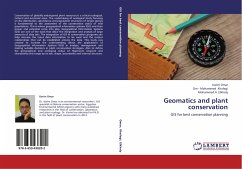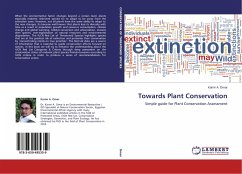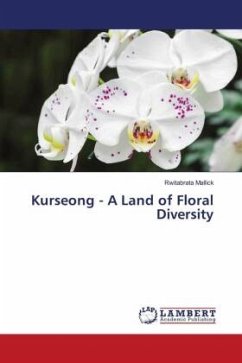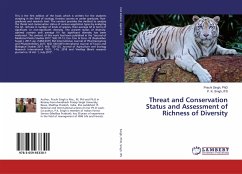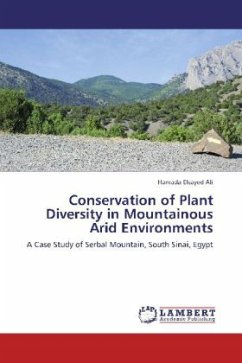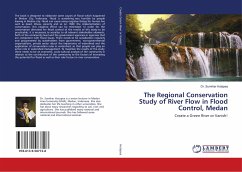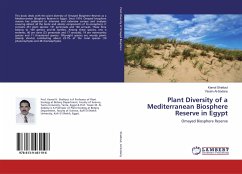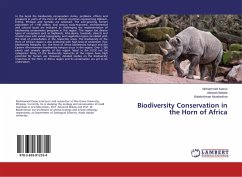Conservation of globally endangered plant resources is a critical ecological, cultural and economic issue. The undertaking of ecological study focusing on the distribution, abundance and population structures of target species is fundamental to the assessment of the conservation status of wild populations. This is where geographical information systems (GIS) and their power and potential come into play. Geographical Information Systems (GIS) are one of the tools that allow the integration and analysis of large amounts of data sets. The integration of GIS in conservation programs can help increase the input data information to be used and the output relationships that can be established among the data. This study was created to increase the understanding about the applications of Geographical Information Systems (GIS) in analysis, management and making suitable decisions in plant conservation strategies. Also to define the geographical and ecological status of Hypericum sinaicum and characterize this range by its size, shape, boundaries and internal structure.
